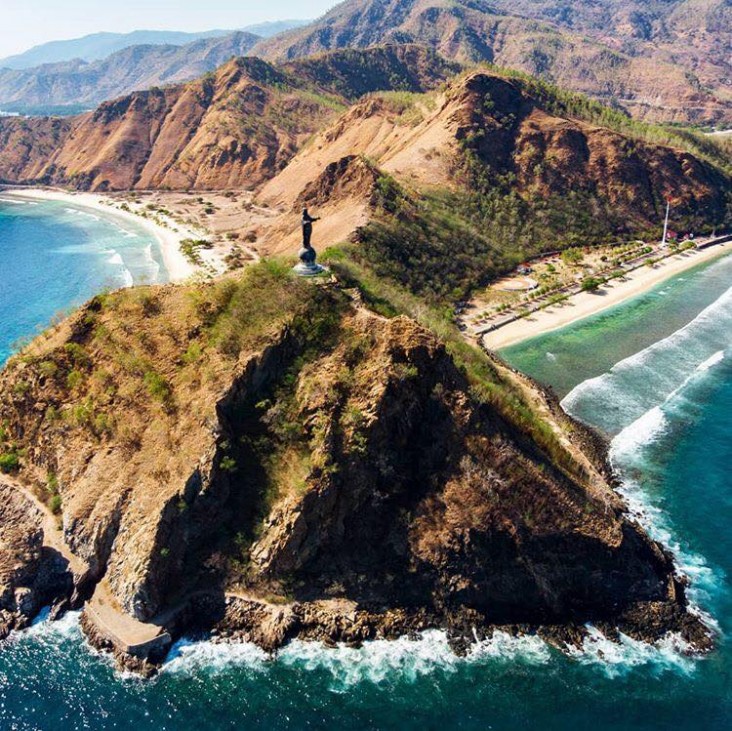Speeches Shim
|
Goal: USAID’s Tourism For All Project is helping oil-dependent Timor-Leste diversify its economy by promoting eco-friendly tourism based on the country’s rich heritage. |
Location: Mount Ramelau area (Ainaro Municipality), Atauro Island and Dili |
|
Key Counterparts: Ministry of Tourism, Ministry of Agriculture and Fisheries, Ministry for Housing Development, Planning and Environment, and relevant private and non-governmental stakeholders. |
Duration: January 2018 — January 2021 |
|
Contract: $9 Million |
|
|
Partner Contact: Chemonics International |
USAID Contact: Flavia da Silva Project Management Specialist – Economic Growth |

Summary:
Facing a fragmented tourism sector, USAID’s investment promotes Timor-Leste’s vision of becoming a competitive international tourism destination while preserving the country’s unique environmental and cultural heritage. The project focuses on two main objectives to achieve that vision. The first is to ensure that institutions, policies and laws are in place to fully implement the national tourism policy launched in 2017. The second objective is to promote sustainable private sector tourism investments and participation by Timorese communities, local and international NGOs, associations, and others, and create replicable models of sustainability and best practice.
Major Achievements:
-
Three associations registered and independently operating, including the Tourism Partnership of Atauro (ATKOMA) in Atauro, the most marine biodiverse locale in the world, Mt. Ramelau Tourism Partnership (AST-RABEKA) in Ainaro, location of Timor-Leste’s highest mountain, and Marine Tourism Association. All have tourism strategies and action plans.
-
Nearly 8,4008 hours of training delivered to more than 325 private and public sector participants in hospitality and tourism.
-
National Committee for Intangible Culture and Heritage established involving the Secretary of State for Arts and Culture, UNESCO and local non-governmental organizations for the conservation and preservation of Tais (hand-woven textiles) aimed at eventual UNESCO Intangible Cultural Heritage recognition.
-
Seven major public events attracting more than 2,500 participants held, including the second International Conference for Emerging Tourism Destinations (ICETD) on the topic of faith-based tourism.
-
Ten partnership agreements signed with public and private sector with 70 percent of all planned interventions completed, including AIFAESA (Autoridade de Inspecção e Fiscalização da Actividade Económica, Sanitária e Alimentar ) who will have 40 inspectors trained to administer the “Dili Mo’os no Matak” (Dili Clean and Green).
-
Grants program launched to encourage tourism entrepreneurs in target work areas resulting in new products in the market from eight.


Comment
Make a general inquiry or suggest an improvement.